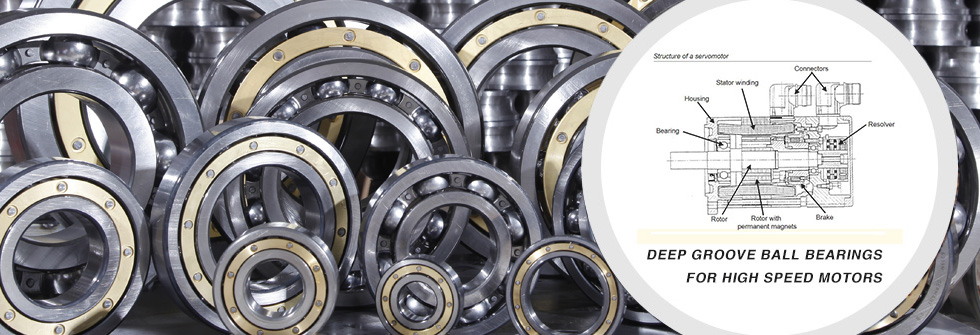Why does the motor or generator have insulated bearings?
2015-07-28Answer: Large rotating motors and generators generate an electrostatic discharge (ESD) current. The circuit path would consist of the rotor, drive-end bearing, frame and non-drive-end bearing. This current typically has high voltage and low amperage, and insulating a bearing will open the circuit and prevent current flow.
Question: What effect does current have on the bearing?
Answer: The rotor builds up a charge, which should be dissipated through the earth brush. When this brush is inoperative, or if the bearing is not properly insulated, there is a risk of this charge being dissipated to ground via the bearing Babbitt. When this happens, electric arcing occurs between the journal and the Babbitt, causing a “knife cut” mark in the Babbitt. When the charge is dissipated, the arc collapses, which limits its duration and, hence, the length of the mark. On smaller units having rolling element bearings, this dissipation causes markings on the inner and outer races – they appear as axial lines of varying thickness and spacing – somewhat similar to bar codes.











